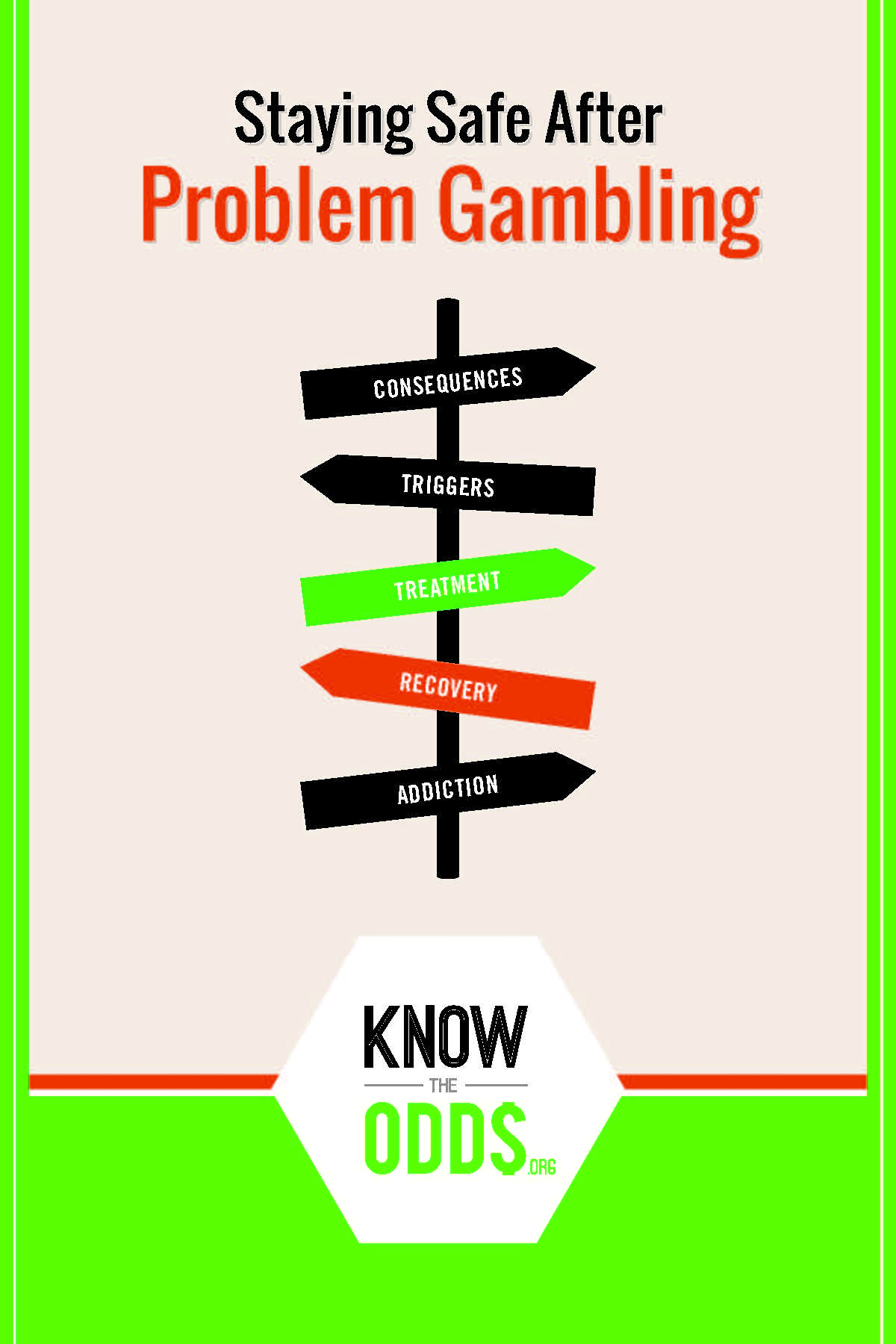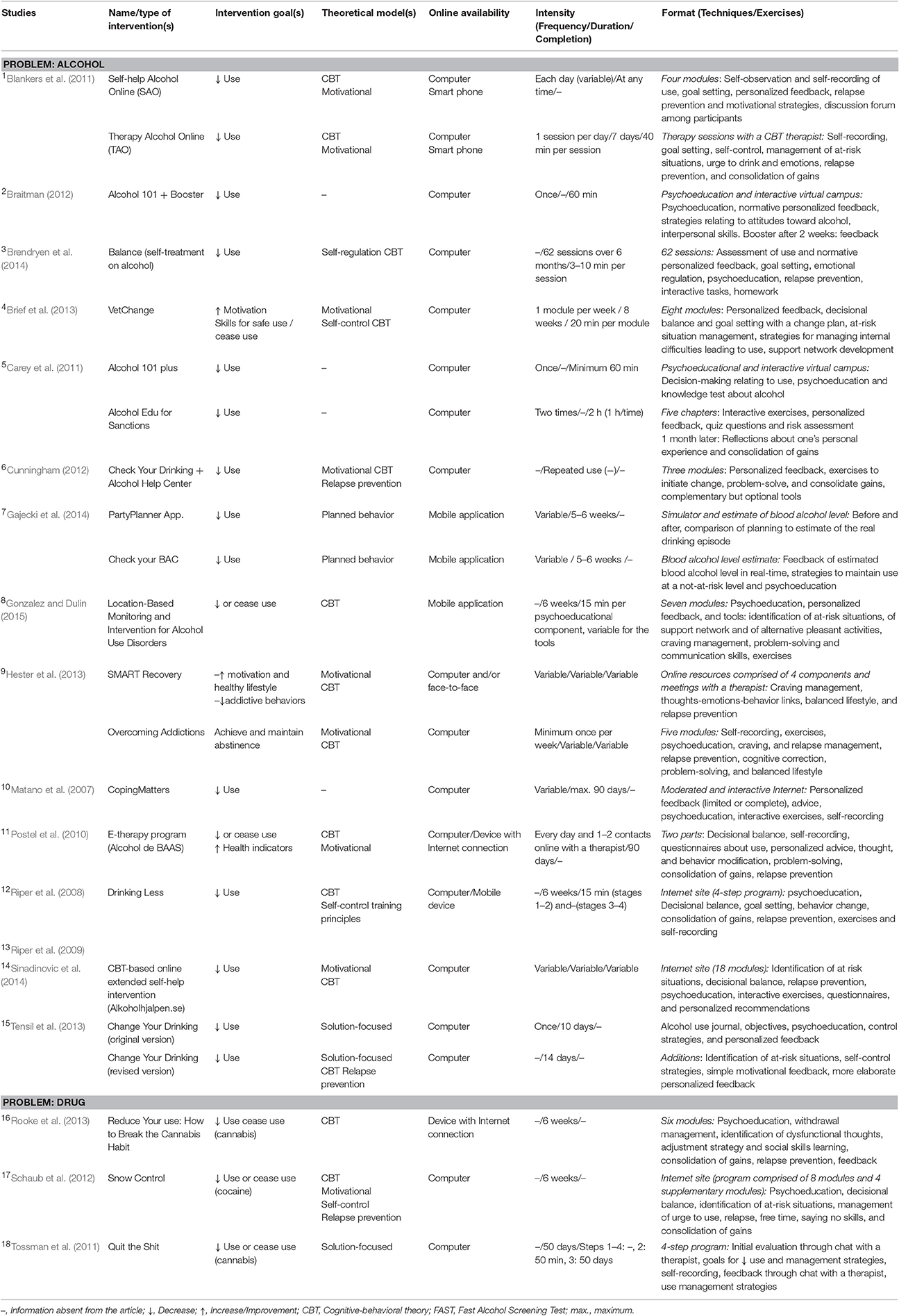Gambling Disorder Treatment Plan

Do you think you have a problem with gambling?

It’s estimated that 15% of all Americans gamble at least once on a weekly basis.1 Although gambling is socially acceptable in most parts of the United States, gambling addiction has recently been classified as a disorder.2
He was diagnosed with a moderate gambling disorder and began a treatment plan that consisted of weekly individual therapy, weekly couples therapy, three-times a week attendance at Gambler’s Anonymous and a return to the workforce. State Funded Problem Gambling Treatment Provider Network. Problem gambling treatment in Indiana is provided via State funded outpatient and residential services. Treatment provider staff will interview you and assess your problem. Based on this, a decision will be made as to the treatment level that you need. A treatment plan addressing the. . The 2013 edition of The ASAM Criteria thus includes a discussion of treatment for Gambling Disorder. Gambling Disorder is widespread and often co-exists with substance-related disorders as well as other mental disorders. Various estimates indicate that 1-2% of U.S. Adults and 2-4% of U.S. Adolescents are diagnosable with Gambling Disorder. Gambling disorder treatment shall be offered in varying degrees of intensity based on the level of care in which the patient is placed, identified medical necessity and the subsequent treatment plan developed for that patient.

If you or a loved one feels like gambling is negatively affecting your personal life, work performance and other activities once enjoyed, ABHC can help. We are proud to offer a program that addresses the unique needs of individuals with gambling addiction. Learn more about the signs of gambling addiction, how it’s different from other addictions and what to expect from the ABHC problem gambling disorder program.

If you think you or a loved one has a problem with gambling, please call us at 800.858.6702 for an assessment.
Signs of problem gambling disorder
The feelings experienced by an individual with a gambling problem can mirror what is felt when an individual has substance use issues—and it can be detrimental to their well-being. Have you or a loved one ever felt these emotions or experienced these symptoms when gambling?
- Loss of control
- Denial
- Depression
- Tolerance
- Blackouts
- Escape
- Brain effects comparable to being on meth or cocaine
Why gambling is different from other addictions
How is problem gambling disorder different from substance use disorder? For one, it can be easier to hide. Individuals don’t necessarily overdose from this addiction or ingest it like a drug. Yet problem gambling disorder can lead to huge financial problems that can weigh heavily on individuals. The stress of losing it all—sometimes within days—and the lack of available resources to get help for a gambling addiction makes suicide rates among this population very high compared to those with other addictions.
Problem gambling disorder assessment and treatment at ABHC
Gambling Disorder Treatment Plan Guidelines
If the information above feels familiar, ABHC is here for you or your loved one. The journey to getting helps starts with a problem gambling disorder evaluation. We can do this in person or through our convenient Online Telehealth service so you don’t have to leave the comfort of home.
After you or your loved one has been assessed for problem gambling disorder, we’ll recommend the appropriate treatment plan. We offer intensive outpatient treatment, either in-person or via Online Telehealth, in a support group setting or on an individual basis. For individuals in need of in-patient care or hospitalization for a gambling addiction, we can refer them to a reputable organization that offers such services. Please ask us about our multiple funding and payment options.
Call 800.858.6702 to schedule a problem gambling disorder evaluation.
Sources:
Gambling Disorder Treatment Plan Goals And Objectives
- Diagnostic and Statistical Manual of Mental Disorders, 5th Edition (section 312.31).